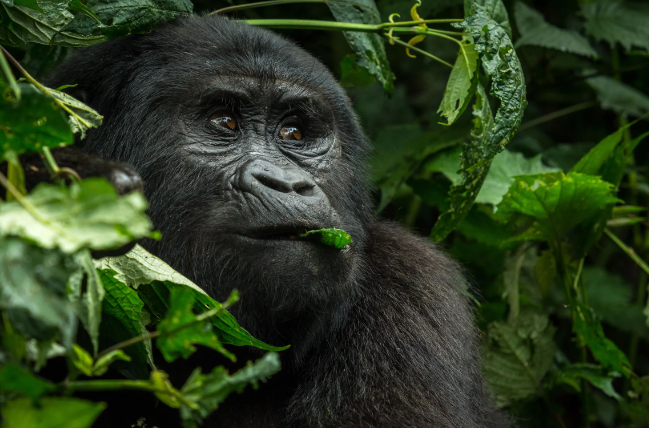How Gorillas React to Threats From Humans
Gorillas are fascinating creatures that share over 98% of their DNA with humans, making them incredibly similar to us in many ways. Understanding how these majestic animals react to threats from humans is crucial for conservation efforts and for promoting harmonious coexistence. This article explores the behaviors of gorillas in response to human threats, shedding light on their complex social structures and instinctual reactions.
Gorilla Behavior in the Face of Danger
When faced with potential threats from humans, gorillas exhibit a range of behaviors that reflect their social and environmental awareness. Typically, if a gorilla perceives a human as a threat, it will first assess the situation. This assessment can involve watching from a distance, sniffing the air, or vocalizing to alert other members of the group. Social dynamics play a significant role; dominant males, or silverbacks, often take the lead in responding to threats, displaying aggression through chest-beating or vocalizations to communicate warning signals to both their group and the perceived threat. Such behaviors showcase their intelligence and emphasize the importance of group cohesion in the face of danger.
Fleeing or Fighting: The Gorilla’s Dilemma
The decision to flee or confront a threat can be challenging for gorillas. In many cases, a gorilla will choose to retreat to safety, especially if it can assess that the threat is substantial. Young gorillas often follow their mothers or other protective figures, demonstrating their reliance on social structure during these stressful encounters. However, if cornered or protecting their young, gorillas may resort to defensive aggression. Silverbacks, in particular, are known for their protective instincts and may charge at intruders, showcasing their strength and determination. This instinctual behavior reflects a deep-rooted survival strategy that has evolved over millennia.
Conservation Implications and Human Interaction
Understanding gorilla reactions to human threats is pivotal in conservation efforts. Human activities, such as poaching, habitat destruction, and ecotourism, significantly impact their survival. By recognizing how gorillas respond to threats, conservationists can develop better practices to minimize stress and disruption in their habitats. Responsible tourism that adheres to guidelines for respectful interaction with wildlife can help mitigate negative encounters and promote awareness. Communities can also benefit from education about gorilla behavior, leading to a better understanding of humanity’s role in their survival.
In conclusion, gorillas are intelligent and social animals that have developed complex responses to threats from humans. Their instinctual behaviors, ranging from cautious observation to protective aggression, not only reflect their survival strategies but also highlight the importance of respecting their habitat. By learning more about these remarkable creatures and promoting conservation efforts, we can help ensure their future in the wild. If you’re interested in gorilla conservation or want to support these magnificent animals, consider engaging with local wildlife organizations or exploring ethical ecotourism opportunities that benefit both gorillas and their habitats.

